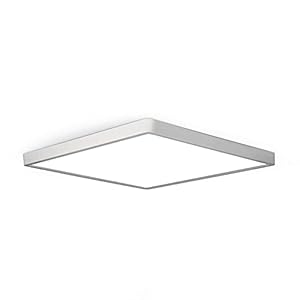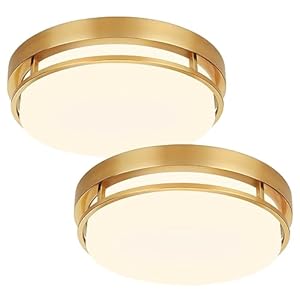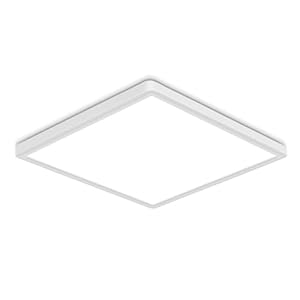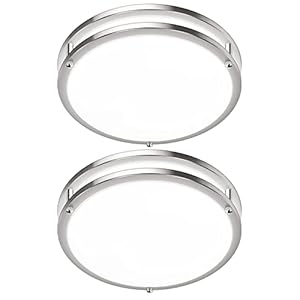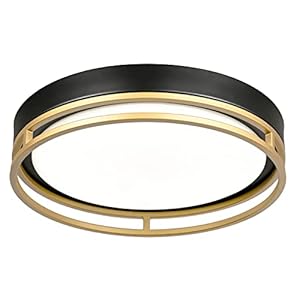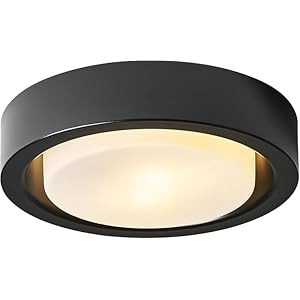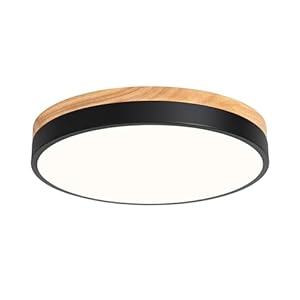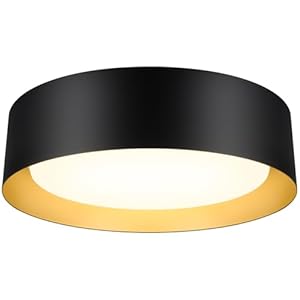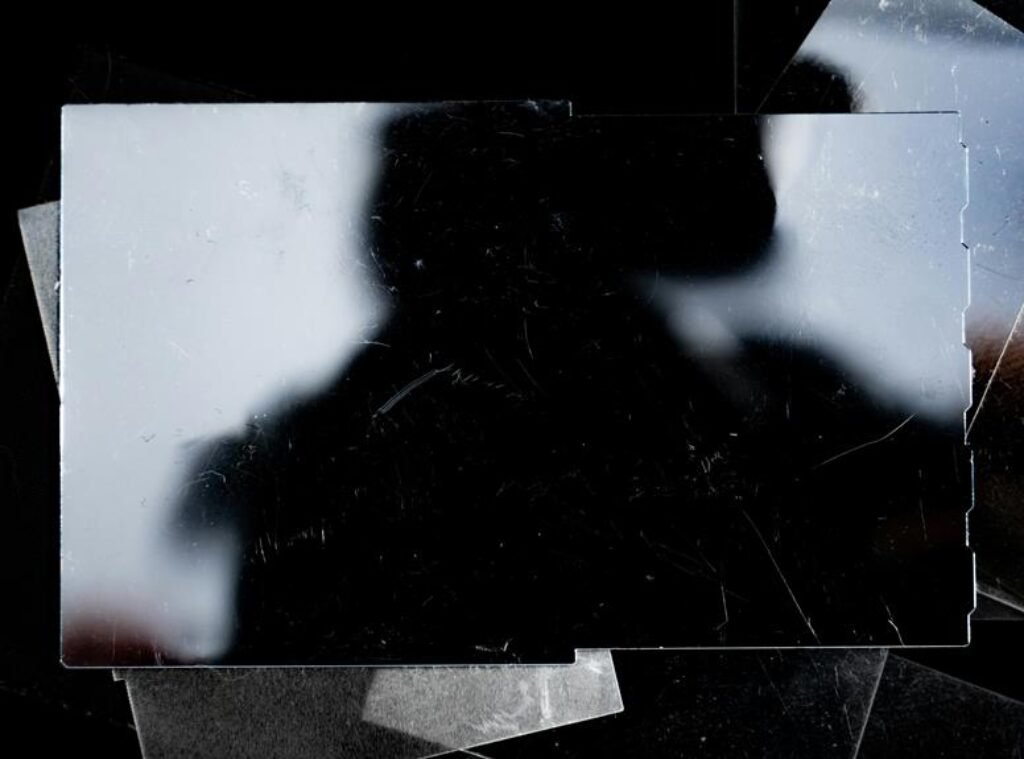
To create captivating and dramatic effects in your photography, mastering the interplay between light and shadow is key. By skillfully blending these elements, you can elevate your images beyond the ordinary and infuse them with depth and emotion. Imagine a world where shadows dance with light, shaping narratives, and evoking intrigue. This delicate balance holds the power to transform a simple scene into a mesmerizing visual story, drawing viewers into a realm where every shadow has a tale to tell and every beam of light whispers a secret.
Importance of Light and Shadow
Understanding the interplay of light and shadow is crucial for creating visually striking and emotionally evocative scenes. Light and shadow work together to add depth, contrast, and mood to your compositions. By strategically placing light sources and considering how objects interact with light, you can create dramatic effects that captivate your audience.
Shadows aren’t just absence of light; they’re powerful tools that can enhance the overall impact of your images. They can create a sense of mystery, add texture, and guide the viewer’s focus to the main subject. By manipulating the intensity and direction of light, you can control the shape and size of shadows, ultimately influencing the mood of your scene.
Experimenting with different light angles and intensities will help you understand how light and shadow can transform a flat image into a dynamic and engaging visual story. Pay attention to how light falls on your subjects and the resulting shadows it casts, as this will greatly impact the emotional response your audience has to your work.
Understanding Light Sources
To grasp the impact of light sources in your photography, consider their placement and characteristics carefully. The positioning of a light source can greatly affect the mood and drama of your photos.
Understanding the various types of light sources, such as natural light, artificial light, and modifiers, will help you manipulate them to achieve the desired effect. Natural light, like sunlight or moonlight, can create soft or harsh shadows depending on the time of day and weather conditions.
Artificial light sources, such as studio lights or speedlights, give you more control over the direction and intensity of light. Modifiers like umbrellas, softboxes, or reflectors can further shape and diffuse the light, adding depth and dimension to your images.
Experimenting with different light combinations and placements will enhance your understanding of how light interacts with your subjects, leading to more dynamic and visually compelling photographs.
Manipulating Shadows for Impact
For impactful and dramatic photography, mastering the manipulation of shadows is essential. Shadows can add depth, mystery, and intrigue to your images, enhancing the overall mood and storytelling. To manipulate shadows effectively, consider the angle of light source in relation to your subject. Experiment with different lighting positions to create varying shadow lengths and intensities. Moving the light source closer to the subject can produce harsher shadows, while placing it farther away can result in softer, more diffused shadows.
Another technique is to use props or objects to cast interesting shadows onto your subject or background. This can add texture and complexity to your composition, making it more visually engaging. Additionally, you can manipulate shadows during post-processing by adjusting the contrast and exposure levels to enhance the shadow details.
Remember that shadows aren’t just absence of light; they’re powerful tools that can be harnessed to evoke emotions and create striking visual effects in your photography. Experiment with different shadow manipulation techniques to elevate the impact of your images and captivate your viewers.
Creating Drama Through Contrast
To intensify the impact of your photography, harness the dynamics of light and shadow by creating striking drama through contrast. Contrast plays a vital role in adding depth and visual interest to your images. By juxtaposing areas of brightness with darkness, you can evoke powerful emotions and draw the viewer’s attention to specific elements within the frame.
One way to create dramatic contrast is by using backlighting. Position your subject in front of a strong light source to silhouette them against a bright background, emphasizing their shape and form. This technique can produce stunning results, especially during sunrise or sunset when the light is warm and soft.
Additionally, you can experiment with high contrast black and white photography to enhance the mood and atmosphere of your images. By stripping away color, you can focus on the interplay between light and shadow, highlighting texture and shape in a more dramatic way.
Trending Products

